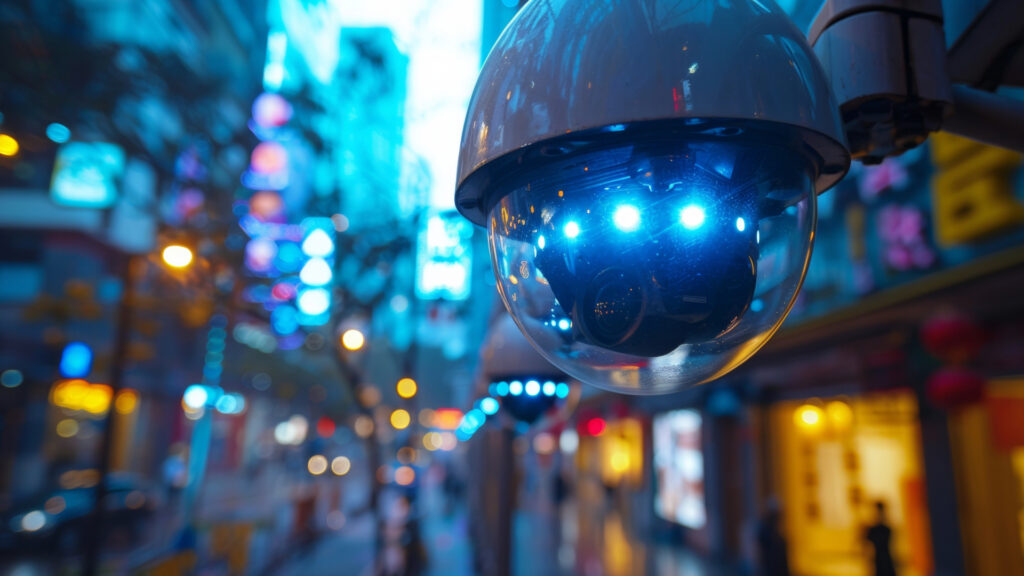The Role of Advanced Sensors in Enhancing Industrial Safety

In the bustling world of industrial operations, safety is paramount. From factories to construction sites, ensuring the well-being of workers and the environment is a top priority. One of the most significant advancements in this realm has been the integration of advanced sensors. These tiny yet powerful devices are revolutionizing industrial safety, making workplaces safer and more efficient.
What Are Advanced Sensors?

Advanced sensors are sophisticated devices that detect changes in their environment. They can measure a variety of factors such as temperature, pressure, gas levels, motion, and more. By collecting and transmitting data in real-time, these sensors provide crucial insights that can prevent accidents and enhance safety protocols.
How Do Advanced Sensors Enhance Safety?

- Real-Time Monitoring: Advanced sensors provide continuous monitoring of industrial environments. For example, temperature sensors can detect overheating in machinery, and gas sensors can identify leaks before they become hazardous. This real-time data allows for immediate response, preventing potential accidents.
- Predictive Maintenance: By constantly monitoring equipment conditions, sensors can predict when maintenance is needed. This helps in addressing issues before they lead to failures or accidents. For instance, vibration sensors can indicate when a machine is starting to wear down, prompting timely repairs.
- Environment Control: In industries dealing with volatile substances, maintaining the right environmental conditions is crucial. Sensors help monitor and control humidity, temperature, and air quality, ensuring a safe working environment. This is especially important in chemical plants where even minor changes can lead to dangerous situations.
- Worker Safety: Wearable sensors for workers can monitor vital signs and detect hazardous conditions. For example, sensors can alert workers and supervisors if someone is exposed to harmful gases or if their body temperature indicates heat stress. This immediate feedback can be lifesaving.
- Automation and AI Integration: Advanced sensors are often integrated with automation systems and artificial intelligence (AI). These technologies work together to create smart industrial environments. For example, AI can analyze sensor data to optimize workflows and minimize human error, further enhancing safety.
Real-World Applications

- Manufacturing: In manufacturing plants, sensors monitor machinery, detect malfunctions, and ensure that operations are running smoothly. This reduces the risk of accidents and enhances productivity.
- Construction: Construction sites use sensors to monitor structural integrity, detect harmful substances, and ensure safe working conditions. Wearable sensors on construction workers can alert them to potential hazards, reducing the risk of injuries.
- Oil and Gas: In the oil and gas industry, sensors play a critical role in monitoring pipelines for leaks, controlling environmental conditions, and ensuring the safety of workers in hazardous areas.
The Future of Industrial Safety
As technology continues to advance, the role of sensors in industrial safety will only grow. Innovations such as the Internet of Things (IoT) and 5G connectivity are making sensors more efficient and reliable. These advancements will lead to smarter, safer, and more responsive industrial environments.
Conclusion
Advanced sensors are a game-changer for industrial safety. By providing real-time monitoring, predictive maintenance, environment control, and worker safety, they significantly reduce the risk of accidents and enhance overall safety standards. As industries continue to adopt these technologies, we can look forward to a safer and more efficient future.
Contact us https://arushswitchgears.com/product-category/automation/
Check our Social Media https://www.instagram.com/arushswitchgearsllp/?fbclid=IwAR0-3xbtHoEcMBjsMV6IWv6f5oeNx8nBXiWlGxyHL1YlAiPDVQLNwYkUyDs/
